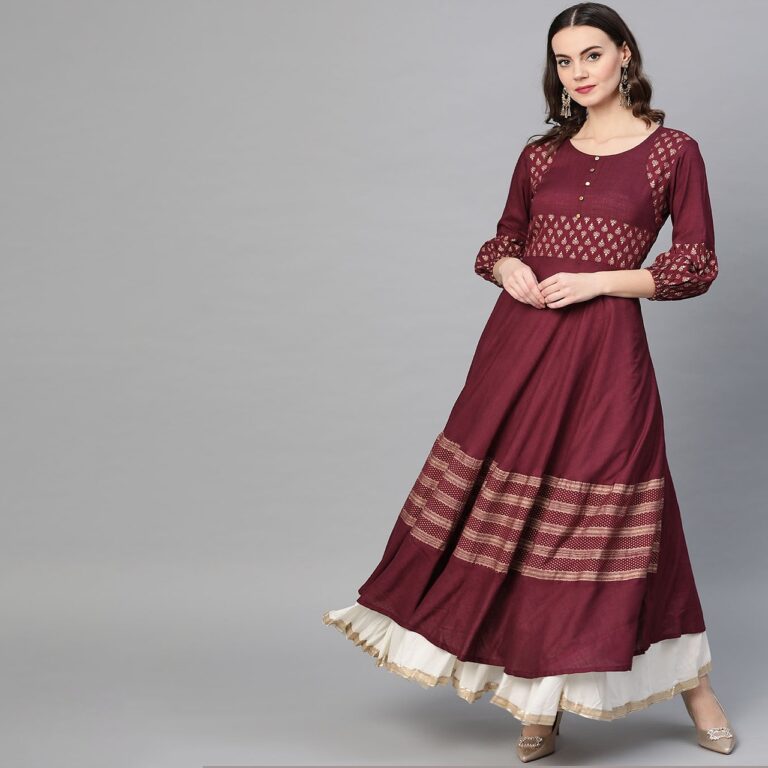Fashion and Architecture: Designing Clothes Inspired by Building Structures
Fashion and architecture have long shared a symbiotic relationship, each influencing the other in unexpected ways. Just as architecture can inspire new design concepts in the fashion world, clothing styles and textures can also impact architectural trends. This dynamic interchange between the two creative fields highlights the interconnectedness of visual aesthetics and structural forms, offering endless possibilities for innovative collaborations and creative expressions.
Architectural principles such as balance, proportion, and symmetry often find their way into fashion designs, creating visually striking pieces that resonate with a sense of harmony and coherence. The bold lines and geometric shapes characteristic of architectural structures can be translated into garment silhouettes, resulting in clothing that exudes a sense of modernity and architectural flair. By drawing inspiration from the rich tapestry of architectural motifs, fashion designers can infuse their collections with a sense of architectural grandeur and sculptural sophistication.
Finding Inspiration in Structural Elements
Fashion designers often find inspiration in the structural elements of architecture. The clean lines and geometric shapes prevalent in buildings often serve as a muse for creating innovative garment designs. Architectural structures, such as bridges, skyscrapers, and museums, offer a wealth of design possibilities that can be translated into unique and visually striking pieces of clothing.
By studying the angles, curves, and forms found in architecture, designers can infuse their collections with a sense of modernity and sophistication. The play between light and shadow, the juxtaposition of materials, and the sense of scale in architectural compositions can all be mirrored in fashion creations. Drawing inspiration from structural elements allows designers to push the boundaries of traditional fashion design and create garments that are bold, dynamic, and conceptually rich.
• Fashion designers often find inspiration in the structural elements of architecture
• Clean lines and geometric shapes prevalent in buildings serve as a muse for creating innovative garment designs
• Architectural structures like bridges, skyscrapers, and museums offer design possibilities for unique clothing pieces
• Studying angles, curves, and forms found in architecture helps infuse collections with modernity and sophistication
• Play between light and shadow, juxtaposition of materials, and sense of scale can be mirrored in fashion creations
• Drawing inspiration from structural elements allows designers to push boundaries of traditional fashion design
Translating Lines and Angles into Garment Designs
When it comes to translating lines and angles into garment designs, architects often find themselves drawn to minimalist and geometric elements. The clean, sharp lines and precise angles that are characteristic of architectural structures can be translated into sleek and modern designs for clothing. These elements lend a sense of sophistication and structure to garments, creating a striking visual impact.
Designers often play with the idea of symmetry and asymmetry when incorporating architectural elements into their garment designs. The balance between clean, symmetrical lines and unexpected, asymmetrical angles can add a dynamic and avant-garde feel to the pieces. By experimenting with different proportions and shapes inspired by architectural forms, designers can create unique and innovative garments that blur the lines between fashion and architecture.
How does architecture influence fashion design?
Architecture often serves as a source of inspiration for fashion designers, who draw upon the structural elements, lines, and angles found in buildings to create unique garment designs.
Can you give an example of how lines and angles in architecture can be translated into garment designs?
Sure! For example, the sharp, angular lines of a modern skyscraper may inspire a designer to create a structured dress or jacket with geometric shapes and clean lines.
How can designers incorporate architectural elements into their clothing collections?
Designers can incorporate architectural elements into their clothing collections by studying the shapes, forms, and structures found in buildings, and then using these as inspiration to create garments with unique silhouettes and detailing.
Are there any specific designers known for incorporating architectural elements into their fashion designs?
Yes, there are several designers known for drawing inspiration from architecture, such as Zaha Hadid, Hussein Chalayan, and Issey Miyake, who have all created collections featuring architectural shapes and structures.





